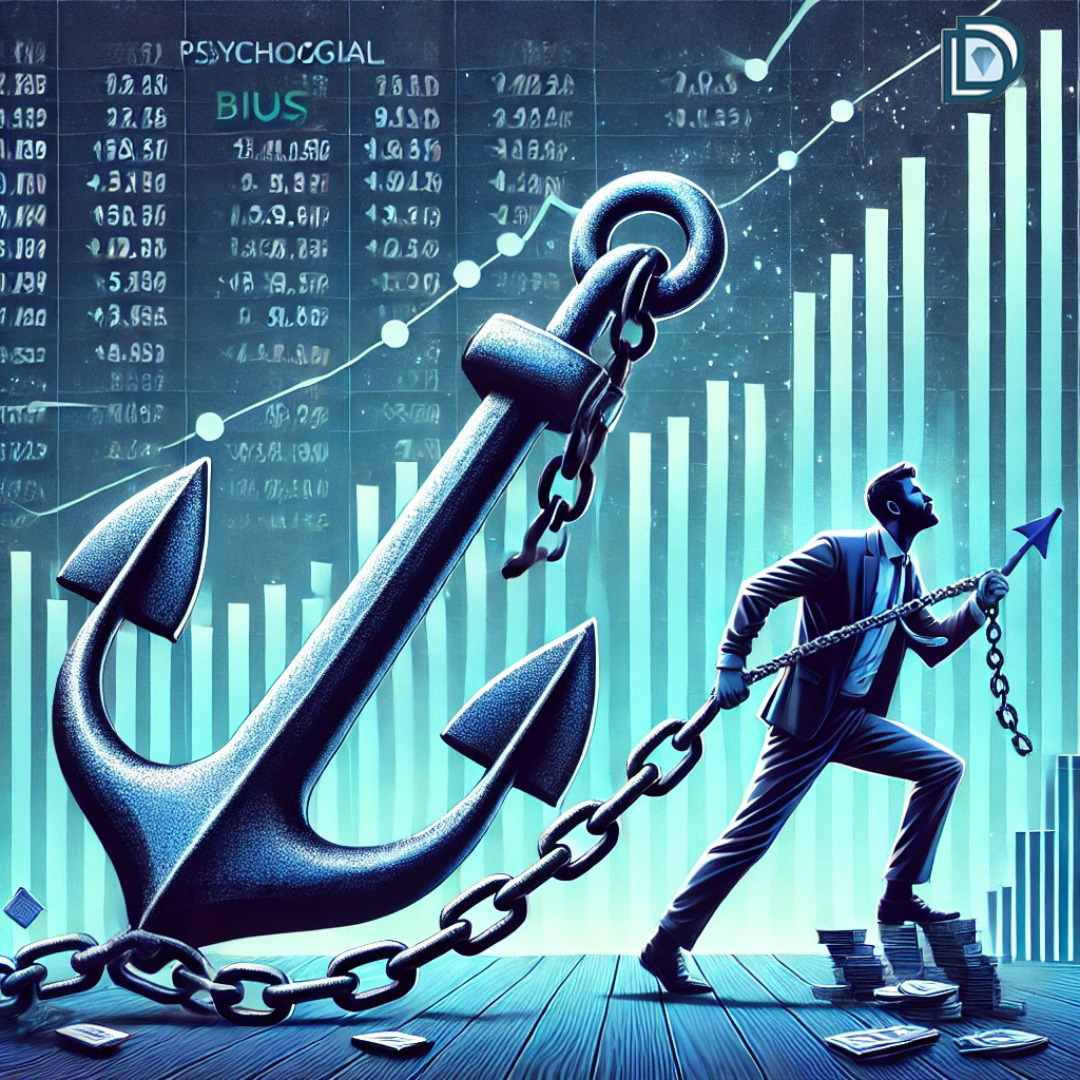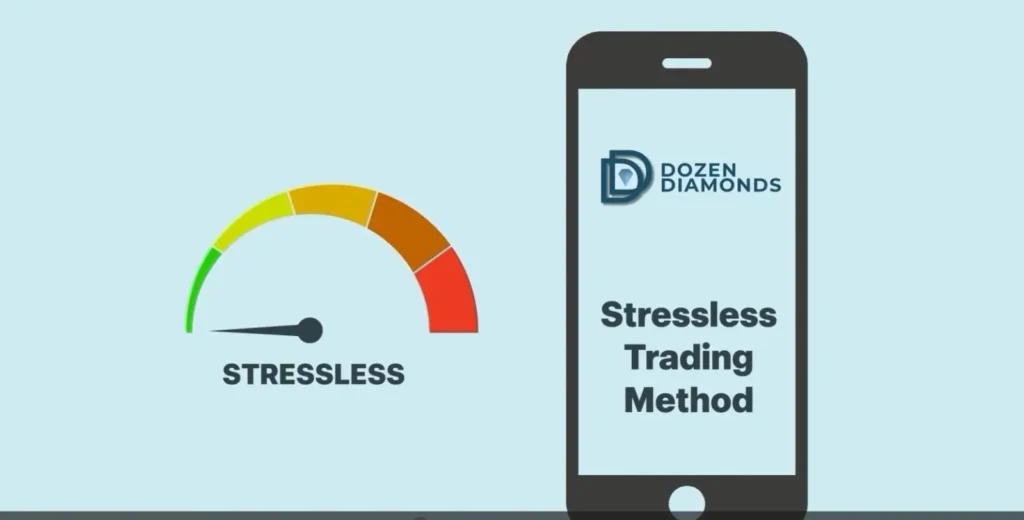The Psychological Anchor Holding Back Your Profits
- ✅ Unlock better exits without second-guessing
- ✅ Stop clinging to “what it was worth before”
- ✅ Make confident, forward-looking trading decisions

Table of Contents
Introduction : Psychological Anchor
In trading, your biggest opponent isn’t volatility — it’s your own brain.
The most dangerous trap? The psychological anchor — the bias of basing decisions on past prices instead of present data.
Understanding Anchoring Bias: Stuck in the Past
Ever looked at a stock that once traded at ₹1,000 but is now ₹500 and thought, “It’s a steal!”?
That’s anchoring bias in action.
Instead of analyzing what the company is worth now, your mind gets fixated on what it “used to be.”
A trader assumes the stock will bounce back, ignoring market shifts and financial deterioration. They buy based on hope — not reality.
🔻 The Problem: Anchoring bias locks traders into outdated thinking, resulting in bad calls and emotional decision-making.
How Anchoring Bias Affects Traders
- Holding onto losing stocks : Refusing to sell at a loss because “it’ll come back.”
- Avoiding strong stocks : Hesitating to enter because the price already rose.
- Ignoring today’s fundamentals : Valuing stocks based on history, not present-day performance.
Real-World Example: The Case of Jet Airways
- Its stock once soared in triple digits.
- Even after it was grounded and financially unstable, many retail investors held on.
- Why? Anchoring. They believed it would “go back up.”
👉 Lesson: Price memory is not a trading strategy.
How to Overcome Anchoring Bias
- Look at current fundamentals : Revenue, balance sheets, market outlook — not past price.
- Cut emotional attachment : A stock isn’t “cheap” because it dropped — it might just be broken.
- Focus on present value, not history : Today’s winners weren’t always winners — and vice versa.

The Stressless Trading Method (STM) by Dozen Diamonds
🔍 Price-Agnostic Strategy
STM doesn’t care about past highs or lows.It uses real-time data to decide what’s worth your attention now :
- Evaluates trend strength & market momentum
- Makes calls based on present market direction
- Bypasses emotional traps tied to “memory prices”
📊 Dynamic Market Analysis
Anchored traders are stuck in the past. STM traders move with the market.- Risk-reward analysis updated in real-time
- Uses volatility patterns to time entries and exits
- Adapts fast to shifting conditions
⚡Adaptability Over Stubbornness
STM teaches you to:- Drop losing trades fast
- Ride momentum without fear
- Stop clinging to the past
Conclusion: Trade Based on Reality, Not History
Anchoring bias might feel subtle, but it silently kills profits.
The good news? You’re not stuck with it.
With Dozen Diamonds’ Stressless Trading Method (STM), you learn to:
- ✅ Ignore price memory
- ✅ Focus on live, real-time data
- ✅ Make emotion-free, high-probability trades
FAQ (Frequently Asked Questions)
What is anchoring bias in trading?
Why is anchoring bias dangerous?
How does STM help fight anchoring bias?
Why do you call Stressless Trading?
How does STM function?
✅ Next Step: Break Free from the Anchor
Get insider insights, real case studies, and access to our WhatsApp Trading Circle — where traders learn to win without stress.


